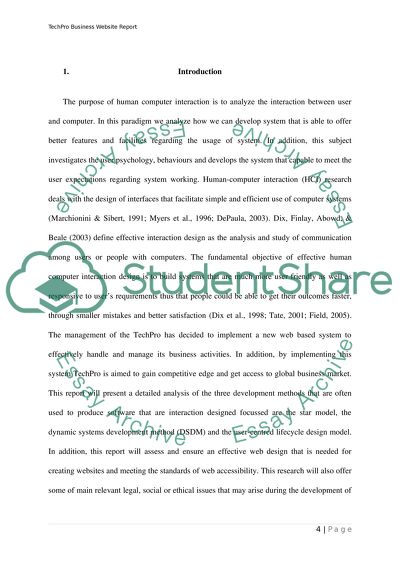Cite this document
(“Interaction Design Essay Example | Topics and Well Written Essays - 3500 words”, n.d.)
Retrieved from https://studentshare.org/miscellaneous/1565700-interaction-design
Retrieved from https://studentshare.org/miscellaneous/1565700-interaction-design
(Interaction Design Essay Example | Topics and Well Written Essays - 3500 Words)
https://studentshare.org/miscellaneous/1565700-interaction-design.
https://studentshare.org/miscellaneous/1565700-interaction-design.
“Interaction Design Essay Example | Topics and Well Written Essays - 3500 Words”, n.d. https://studentshare.org/miscellaneous/1565700-interaction-design.


